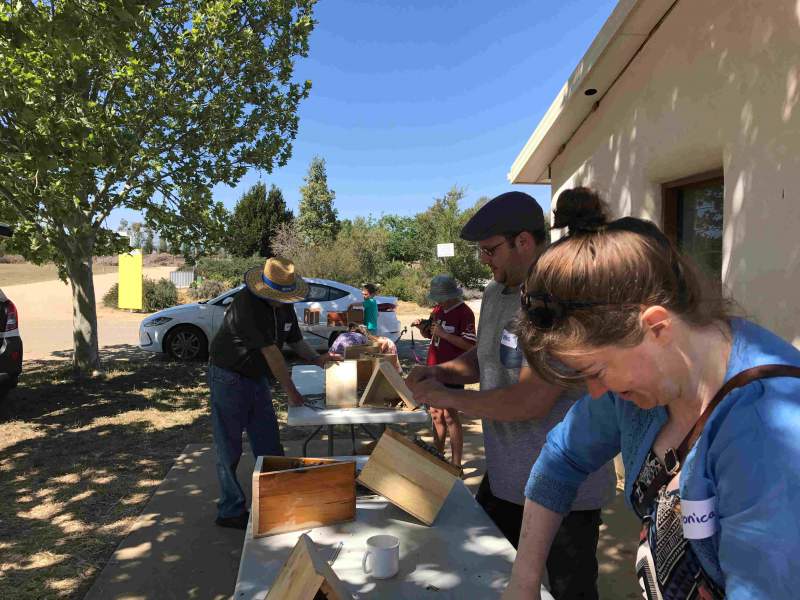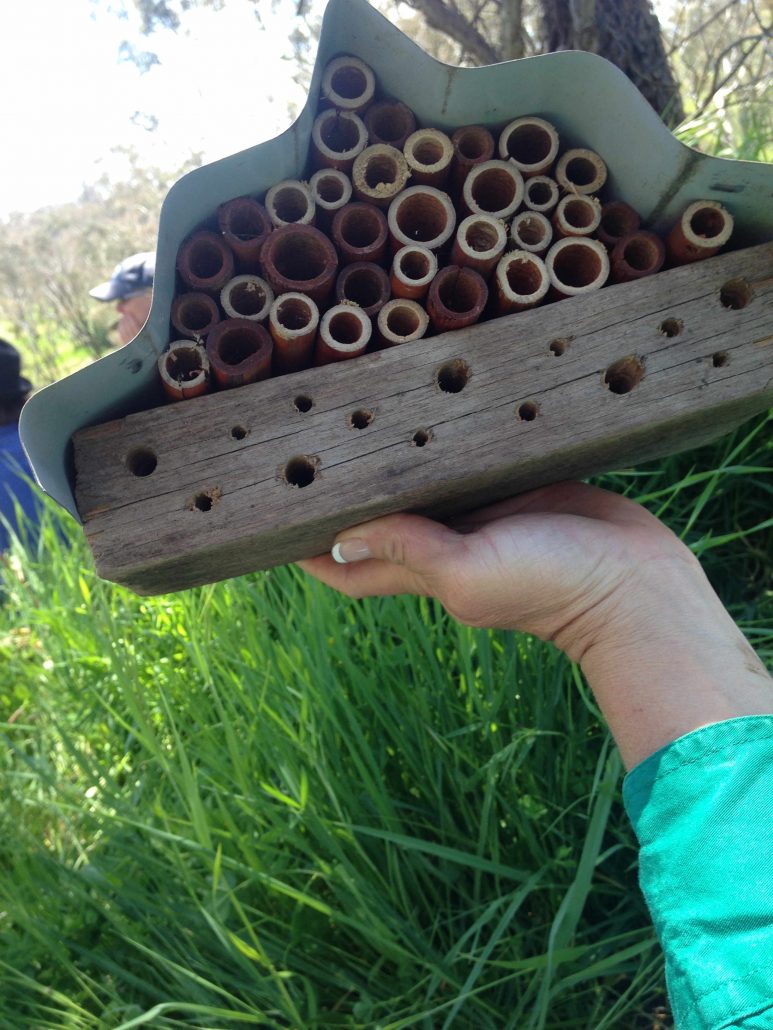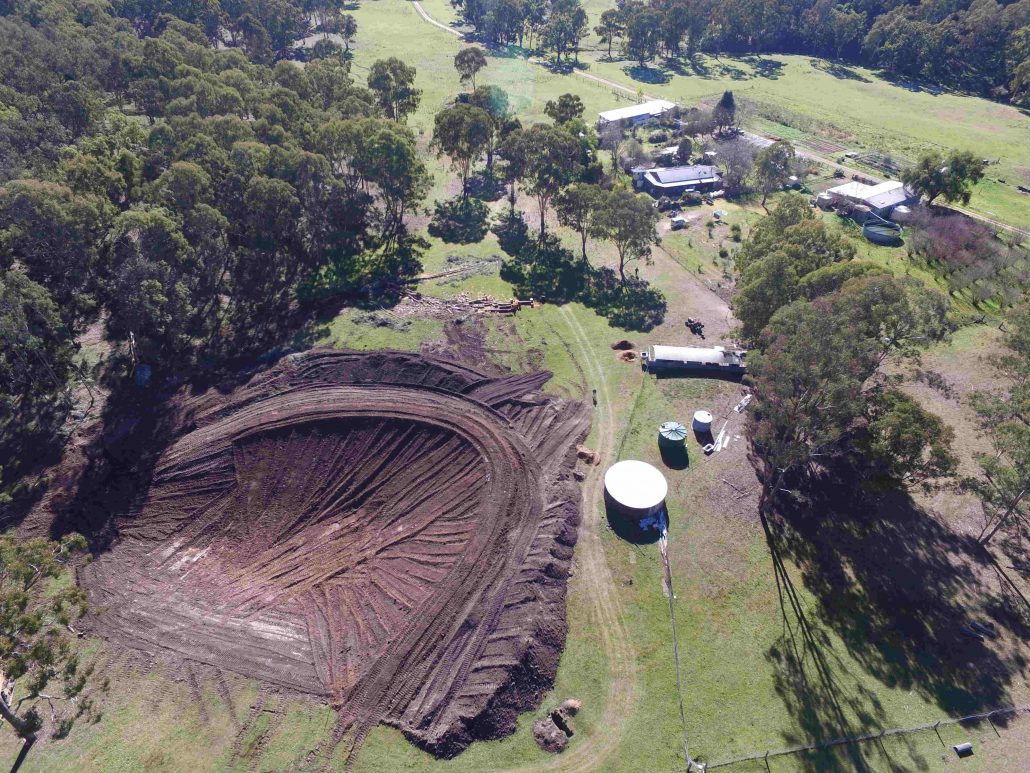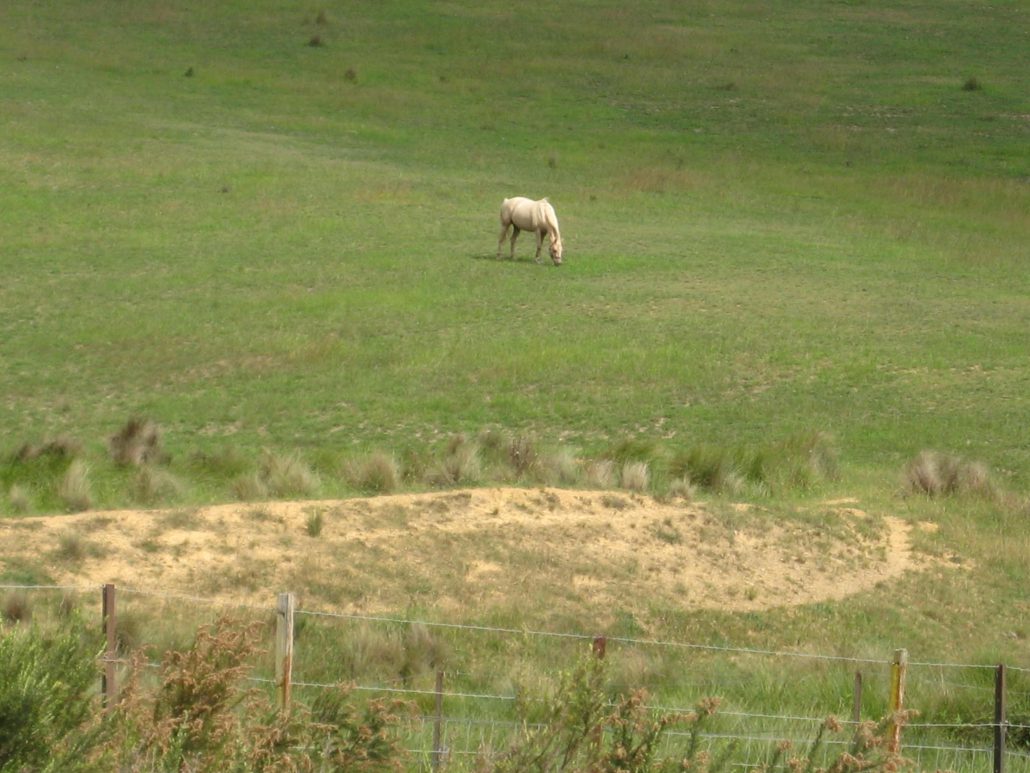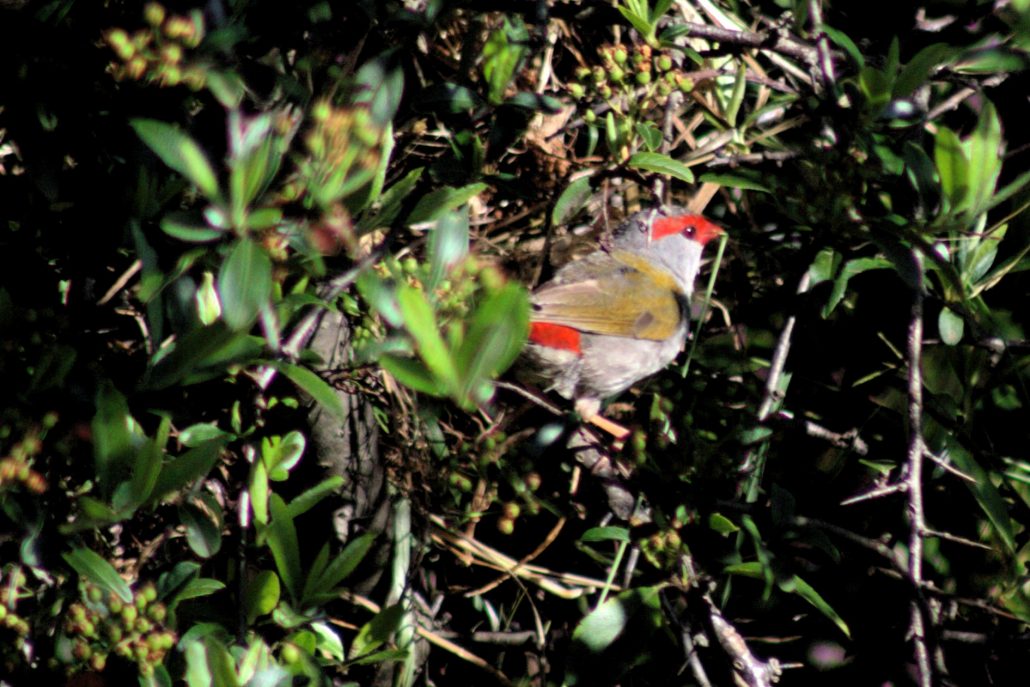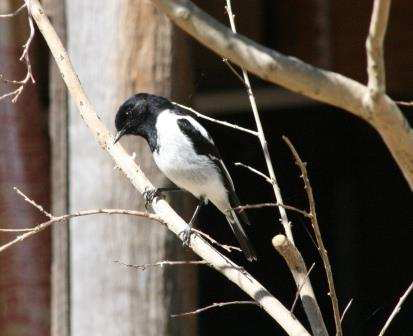Workshop to help our landholders team up
The success of environmental management actions can be greatly improved when such projects are implemented across property boundaries. But starting and maintaining the momentum of a local group can be daunting and hard work. It helps to draw insight from others and receive good guidance along the way.
As part of the Landholder Collaboration Project, a workshop on ‘Everything you need to know about Local Collaboration’ will be held in Mudgee in December.
“Knowing about how to collaborate effectively can benefit all types of groups, whether they are informal or legally incorporated organisations.” said project researcher Dr Peter Ampt, Sydney Institute of Agriculture, School of Life and Environmental Sciences, University of Sydney.
Project researchers will share some key project insights, mapping information and guides, and cover some aspects that local groups need to consider in different circumstances and will be there to answer any questions you might have.
Come along and be part of a facilitated discussion on:
• Learning from local experiences: get inspired by the progress, achievements and aspirations of local groups in your area
• Demystifying legal frameworks: invited legal experts will help you figure out what is right for you
• Sharing monitoring data for landscape benefits: using the revamped Landcare Gateway group sites, and how GIS mapping info can help
Legal experts from the Australian Earth Laws Alliance will also be there to answer any questions about group governance, and will present their new handy guide which will be provided for free. It covers the advantages and disadvantages of incorporated and unincorporated structures, principles for successful collaboration, and what groups need to set up and think about at different stages of their collaboration.
The workshop will be held on Monday 11 December, 5:30-7:30pm, at the CWA Hall, 14 Market St, Mudgee. Attendance is free with light refreshments provided.
For more information contact Emily Berry on 0432 174 850 or e.berry@unsw.edu.au, or Alex Baumber on 02 9514 4671 or alex.baumber@uts.edu.au.
Please RSVP by 4 December to Emily Berry on 0432 174 850 or e.berry@unsw.edu.au.
This event is supported by the University of Sydney and the University of New South Wales and is a part of the Landholder Collaboration Project funded by the NSW Environmental Trust.
More information on the project is available on their website: https://landholdercollab.org/


